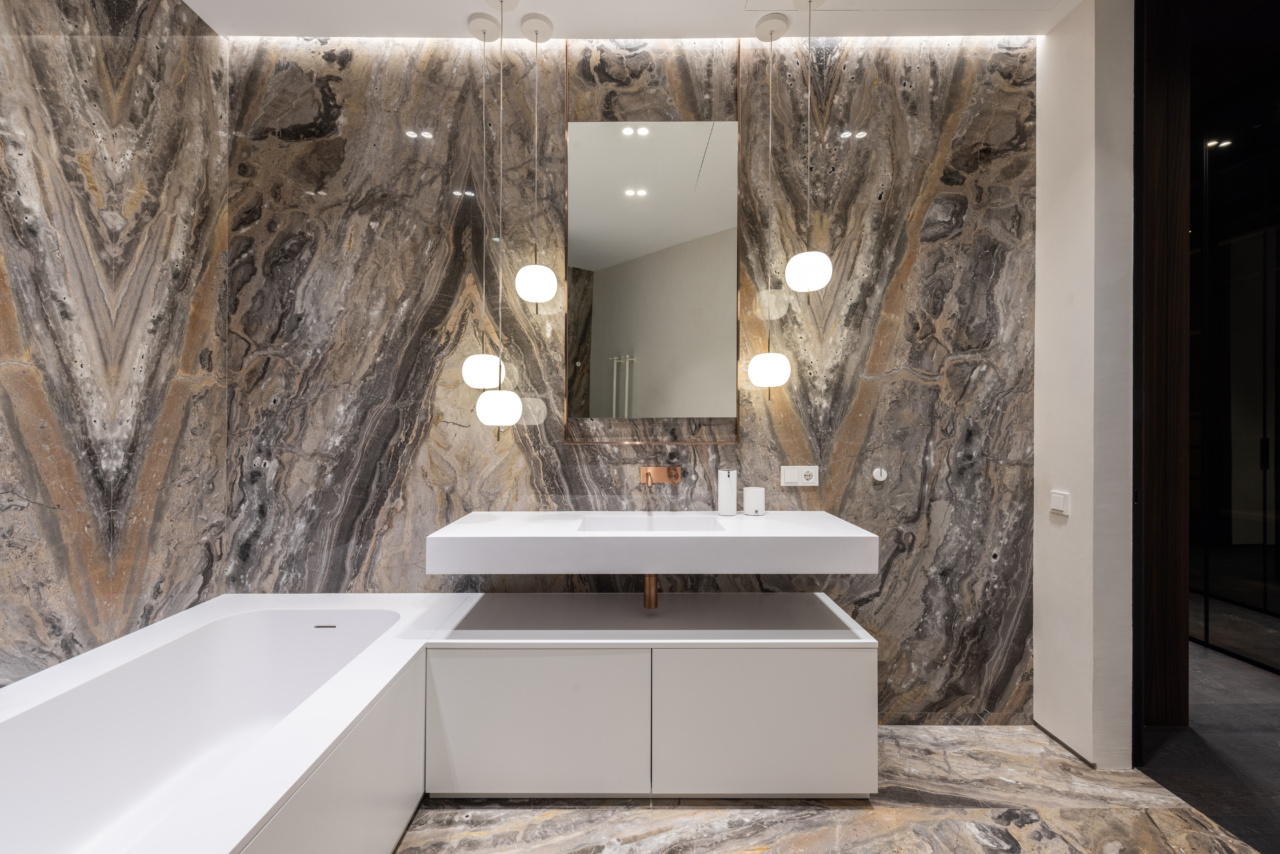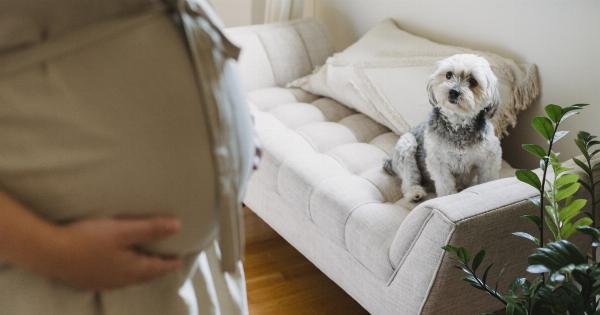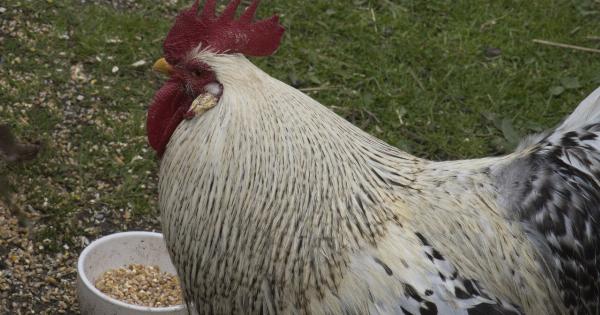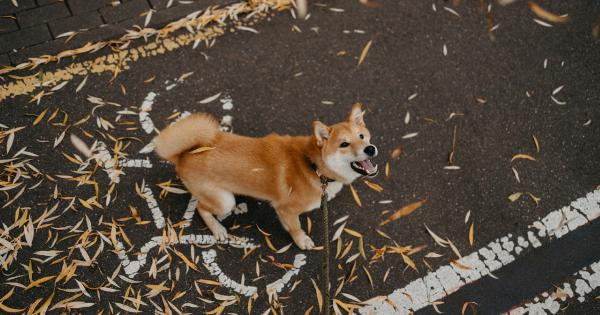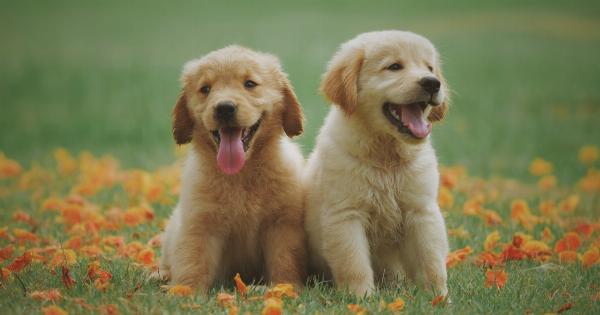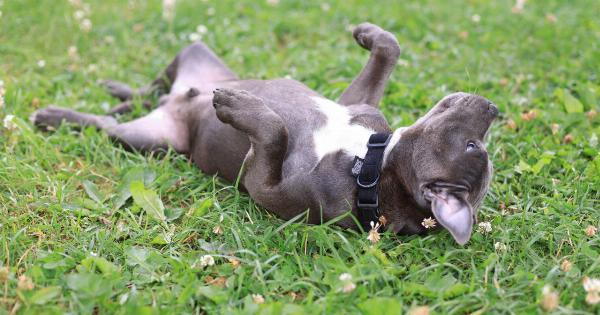Living in an apartment can present unique challenges when it comes to owning a pet, especially when considering big dogs. Many people believe that large breed dogs require ample space to roam and therefore are not suitable for apartment living.
However, with careful planning, proper exercise, and the right accommodations, big dogs can thrive in an apartment setting.
Factors to consider when owning a big dog in an apartment
Before adopting a big dog and bringing them into your apartment, there are several factors to consider:.
1. Size and energy level
The size and energy level of the dog are crucial factors to assess. While it’s true that big dogs need more space to stretch their legs, not all large breeds have equally high energy levels.
Some big dogs, such as the Great Dane or the Mastiff, are surprisingly low-energy and will be content with moderate exercise within your apartment. On the other hand, breeds like the Border Collie or the Golden Retriever may struggle unless provided with extensive exercise opportunities outside.
2. Exercise routine
Big dogs, regardless of their energy levels, still require regular exercise to stay happy and healthy. Living in an apartment means you need to be extra diligent in providing suitable outlets for physical activity.
This may involve taking your dog for long walks, visiting local dog parks, engaging in active play sessions, or even considering doggy daycare to ensure they receive enough exercise. Creating a consistent exercise routine is crucial to prevent your dog from developing behavioral problems due to pent-up energy.
3. Suitable breed characteristics
When choosing a big dog breed for apartment living, it’s important to consider breed characteristics that are conducive to apartment life.
Some breeds naturally adapt better to smaller living spaces due to their calm demeanor or minimal exercise requirements. Breeds like the Cavalier King Charles Spaniel, Bulldogs, or Basset Hounds are often more apartment-friendly due to their moderate size and lower exercise needs.
4. Noise tolerance
Living in an apartment building means being aware of your dog’s noise level and how it may impact your neighbors.
Big dogs, especially certain breeds known for excessive barking or vocalization, may not be well-suited for apartment living if they are prone to being noisy. It’s important to assess your dog’s noise tolerance and consider training and socialization techniques to minimize excessive barking or other disruptive behaviors.
5. Training and socialization
Regardless of the size of your dog or the type of dwelling, proper training and socialization are essential. In apartments, where space is limited, it becomes even more vital.
Large dogs need to be well-behaved, obedient, and comfortable with close quarters. Focus on training your dog to be calm, responsive, and respectful of shared spaces.
Additionally, early socialization with other dogs and people will help prevent behavioral issues and make living in an apartment environment more enjoyable for both you and your pet.
6. Apartment layout and amenities
When choosing an apartment, consider its layout and amenities in relation to your big dog’s needs.
Look for apartments with ample storage space for dog accessories, easy access to outdoor areas, and, if possible, proximity to dog-friendly parks or walking trails. Additionally, an apartment with pet-friendly features like designated dog runs, on-site grooming facilities, or nearby pet-friendly establishments can significantly enhance both yours and your dog’s apartment living experience.
7. Adequate space and confinement
While it’s true that big dogs require more space to move around comfortably, it’s crucial to ensure your apartment provides enough floor space for them to relax and stretch without feeling cramped.
Allow your dog access to open areas of the apartment, and make sure they have a comfortable bed or dedicated space to call their own. Additionally, it’s important to invest in appropriate confinement methods, such as baby gates or designated dog crates, to create safe areas and prevent any potential damage in your absence.
8. Access to outdoor areas
A big dog living in an apartment will need regular access to outdoor areas for exercise, bathroom breaks, and mental stimulation. Look for nearby parks, dog-friendly trails, or communal green spaces where your dog can explore and burn off energy.
If your apartment has a balcony or private outdoor area, ensure it is securely enclosed and safe for your dog to enjoy fresh air and sunlight.
9. Interaction and social opportunities
Apartment living can limit social interactions for both humans and dogs. However, it’s important to prioritize your big dog’s socialization needs and provide opportunities for them to interact with other dogs and people.
Consider enrolling in obedience classes, doggy playdates, or scheduling regular meet-ups at dog parks. Building a strong social network for your dog will not only keep them mentally stimulated but also provide a sense of fulfillment and reduce the likelihood of any potential behavioral issues.
10. Being a responsible neighbor
Finally, being a responsible dog owner means being considerate of your neighbors. Be mindful of noise levels, especially during quiet hours, and promptly clean up after your dog to maintain a clean and hygienic environment.
Building good relationships with your neighbors creates a positive living environment for both you and your pet.
In conclusion
While owning a big dog in an apartment may present its challenges, it is certainly possible with the right considerations.
By assessing the size and energy levels of the breed, establishing a consistent exercise routine, selecting apartment-friendly dog breeds, prioritizing training and socialization, and ensuring a suitable apartment layout and amenities, big dogs can thrive in apartment living. Remember, responsible ownership plays a significant role in creating a harmonious and enjoyable environment for both you and your furry friend.
